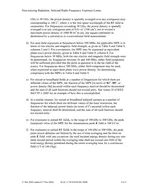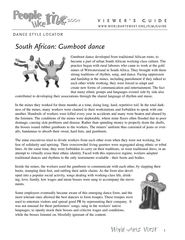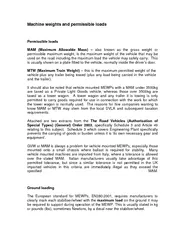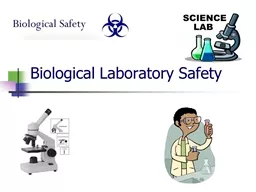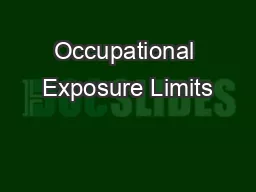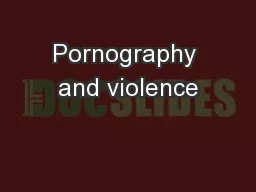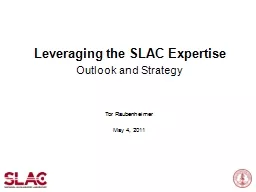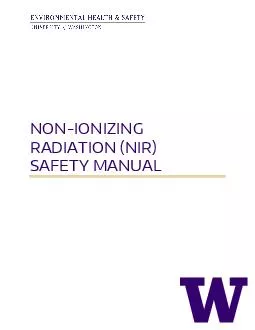PDF-Nonionizing Radiation Selected Radio Frequency Exposure Limits maximum permissible exposure
Author : mitsue-stanley | Published Date : 2014-12-19
These definitions ma y not be accurate for complex or irregularly shaped sources such as arbitrary radiation from broken or improperly connected waveguide flanges
Presentation Embed Code
Download Presentation
Download Presentation The PPT/PDF document "Nonionizing Radiation Selected Radio Fre..." is the property of its rightful owner. Permission is granted to download and print the materials on this website for personal, non-commercial use only, and to display it on your personal computer provided you do not modify the materials and that you retain all copyright notices contained in the materials. By downloading content from our website, you accept the terms of this agreement.
Nonionizing Radiation Selected Radio Frequency Exposure Limits maximum permissible exposure: Transcript
Download Rules Of Document
"Nonionizing Radiation Selected Radio Frequency Exposure Limits maximum permissible exposure"The content belongs to its owner. You may download and print it for personal use, without modification, and keep all copyright notices. By downloading, you agree to these terms.
Related Documents

